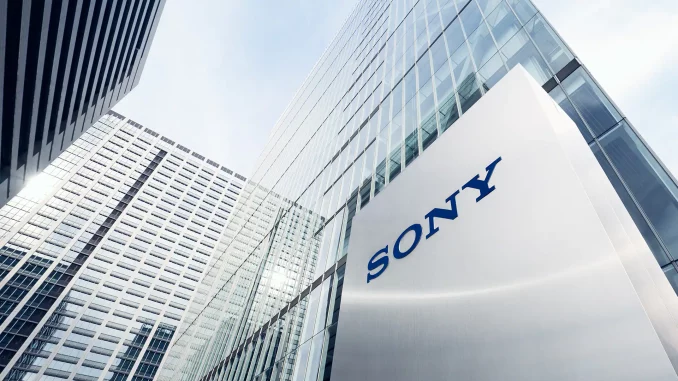
Looking for something original in the story of Sony’s founding is more futile than writing numbers in running water, as the Japanese would say. Like other successful companies, Sony started with little start-up capital ($500 is not a huge amount) and a few people with the same idea.
But the story of Sony’s development itself deserves a more detailed analysis.
Sony is now a large multinational company producing high-tech electronic products.
Televisions, cameras, camcorders, game consoles, smartphones, e-books… This is not a complete list of products that have won the trust of amateurs and professionals.
Brief History
The Japanese corporation Sony was founded by the talented engineers and friends Akio Morita and Masaru Ibuka. It happened in 1946, in a country that had been defeated in a world war.
The partially destroyed Nihonbashi Shopping Centre, which had been spared most of the bombing, housed a repair shop for various types of electrical equipment. Later, a company called the Tokyo Telecommunications Research Institute set up its office there. It was sometimes called Totsuko.
The current name Sony comes from the combination of the Latin word sonus and the English word sunny boys. In the Japanese version, the English word combination sonny-boys sounded like “young geniuses”. They wanted to find a word that did not exist in any other language on the planet.
As “sonny” sounds like the word for unsuccessful business in Japanese, the entrepreneurs decided to get rid of the only letter n. In 1958, the company officially changed its name to Sony Corporation, which is still used today.
The company’s first development was a radio decoder. The radio expanded its range, as it could now receive programmes from abroad. These products enabled the company to maintain its position in the market and raise a small amount of start-up capital.
Then came products that were more profitable. The big breakthrough came in 1949. The company created Japan’s first tape recorder. It was a large box, using coils 25 cm in diameter. It was called Type G.
In the 1950s, Sony developed its first radio receiver, the “TR-63”, which did much to ensure the company’s continued success. In the 1970s and 1980s, the company launched its first Walkman portable audio players. In 1983 the company marked a milestone, together with Philips, by launching its first CDs.
The 1990s was another successful year for the company. The company then created the first “mini-discs”. Interestingly, the company was able to launch half a thousand new products in 1990 alone. That means that, on average, the company invented a couple of new products every day. In 1994, the corporation introduced the country’s famous PlayStation game console.
In 2011, a joint venture was formed with Toshiba, Hitachi and the public-private Japan Innovation Network Corporation to manufacture computer displays for portable devices. In 2012, the corporation began actively promoting its products in the Android smartphone market.
Environmental orientation
Overall, Sony is one of the most environmentally friendly companies. In 2013, the company ranked eleventh in Interband’s 2013 ranking of the “greenest brands”, based on 83 criteria.
Sony uses kinetic energy in several of its environmentally friendly products. To recharge a “twist and click” digital camera, you have to twist its body, while “pull and play” stereo headphones can be “powered” by pulling the cable out of the casing.
Sony has developed new “biobatteries” that generate electricity by breaking down glucose through the action of enzymes.
By 2050, the company plans to achieve zero greenhouse gas emissions in both its factories and products, according to its environmental calendar.
You may also like:
